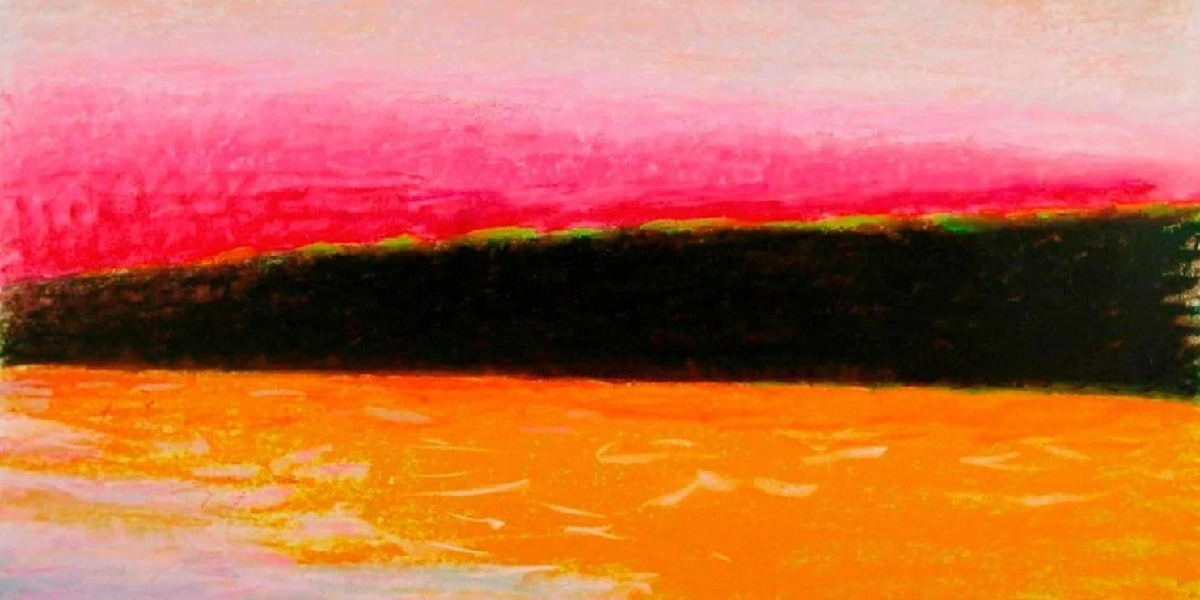
How Julia Cameron’s Morning Pages Got Me Through My First Draft
I spent my entire childhood in strict Catholic schools, some even all-girl, wearing shapeless uniforms and ugly saddle shoes. I rebelled of course, hiking up my navy blue wool skirt and stashing hip-hugger jeans in my locker to secretly wear after school. I rode in cars with inappropriate boys instead of doing my homework or practicing piano. It wasn’t long however, before I learned this was not a good strategy for navigating life. I straightened up before doing too much damage.
So when I first encountered Julia Cameron’s book The Artist’s Way, and read the assignment, I took it seriously. I did my morning pages first thing every day, writing longhand until I had three pages full of my morning musings. Like the good Catholic Girl I was, I devoted a chunk of time each morning to this spiritual practice, even if I tried to write “bigger” to take up more space on the page.
After my mother died a few years ago, I felt compelled to gather up all the attempts I’d made to start my memoir. Could my life events organize themselves into a coherent structure and tell a story that had meaning? There was only one way to find out. As I started working on a preliminary outline and a rough beat sheet, I developed a rude impatience with the morning pages. I wanted to use that morning energy on my memoir. Let’s get going, already! So I’d start with the morning pages but allow myself to springboard into action on my first draft.
Like a true plotter, I set aside a year and broke my story into twelve pieces, which would become twelve chapters, which would later become twenty-four, then twenty-five. Every day I’d start my morning pages. I’d write with ease and fluidity and gratitude, then segue into thoughts about my book. In this way, I worked for two years, nailing the structure into place while at the same time, doing my best to write with emotion, straight from the heart (a much more difficult practice, at least for me).
A favorite painter of mine, Wolf Kahn, describes his creative process as a mixture of Control and Release. His work shows he can let himself go with great abandon, but never loses track of the basic structure of the painting. Writers can work in the same way.
You can work loosely, leaving yourself free to roam around and dig deep and see what comes up, for example, in your morning pages. Or you can write a strict Catholic outline, keeping in mind all your training and study on plot twists and inciting incidents and midpoints. Best practice in my opinion? Control and Release. You can combine the two approaches to create a story with perfect structure, while at the same time taking the reader on a complex emotional journey that will change their life.
Ready? Let’s Write Something!
